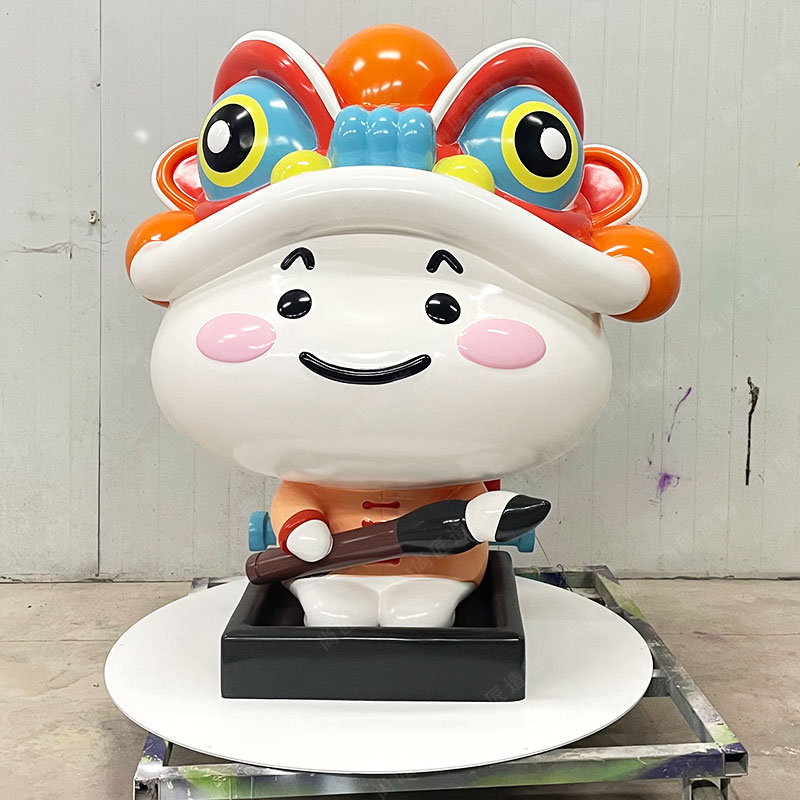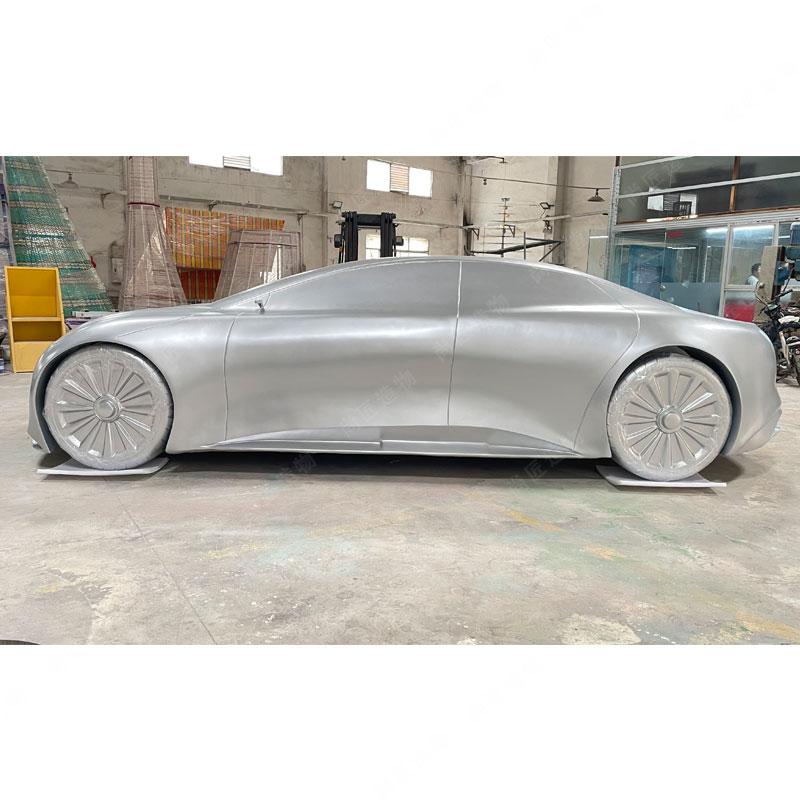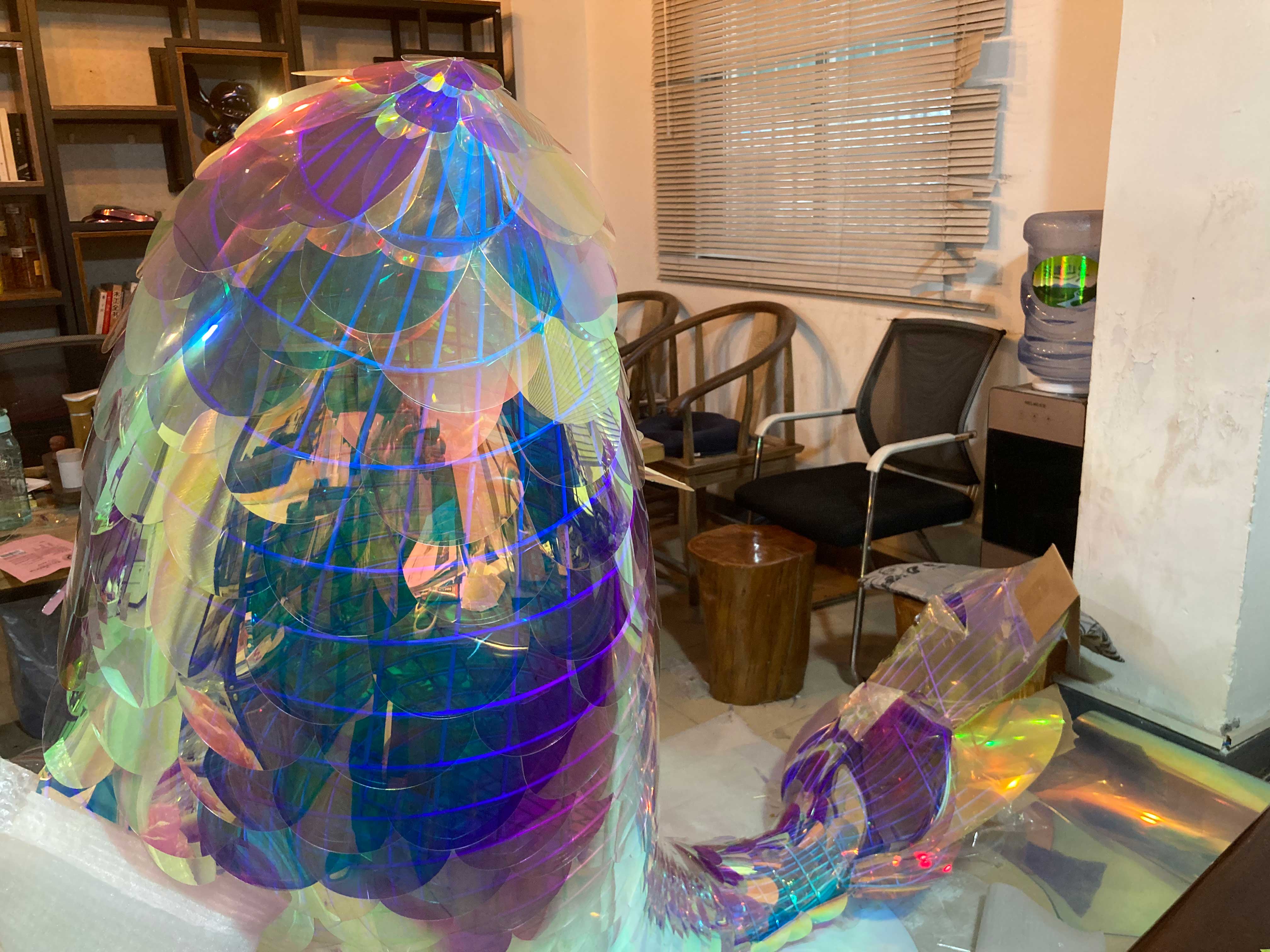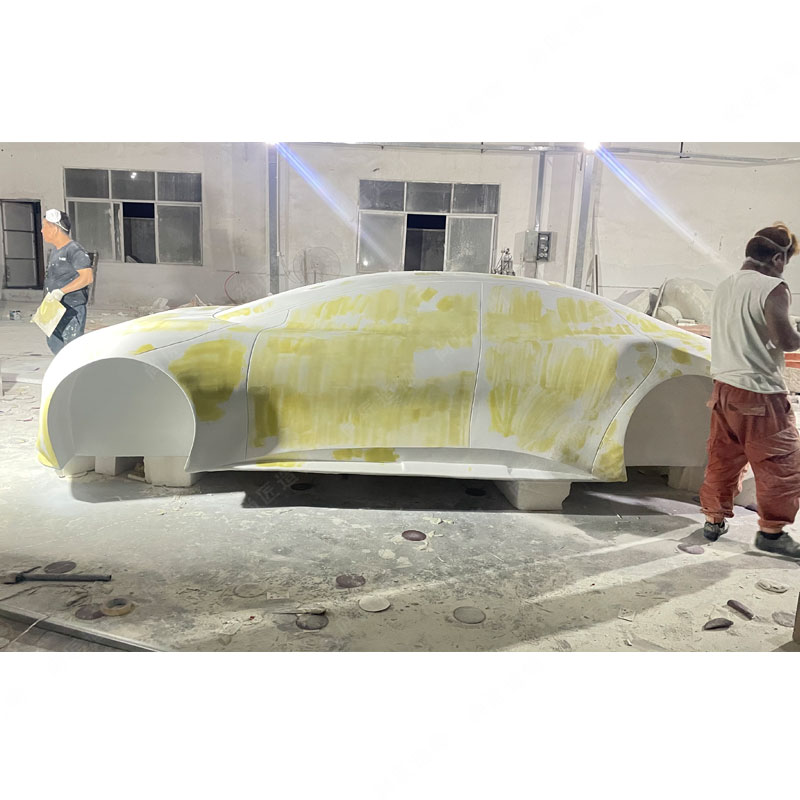Key Takeaways
Understanding the core principles behind modern kinetic sculpture unlocks the ability to create metal art that truly captures movement. At its heart, this art form involves harnessing natural forces, primarily wind, to animate structures. Artists like George Sherwood demonstrate how careful engineering and artistic vision transform rigid materials like stainless steel into fluid expressions of nature's motion. Success hinges on mastering specific techniques related to balance, pivot points, and material responsiveness. Key considerations include:
| Technique Category | Purpose | Example in Kinetic Sculpture |
|---|---|---|
| Dynamic Balance | Ensures smooth, predictable movement without instability | Precise counterweight placement |
| Low-Friction Pivoting | Allows free rotation with minimal resistance to wind force | Polished bearings or bushings at joints |
| Aerodynamic Forming | Catches wind efficiently to initiate and sustain motion | Curved, sail-like metal elements |
| Material Memory/Spring | Enables return to a rest position or creates secondary oscillations | Strategic use of spring-tempered elements |
"The wind is my collaborator. My job is to build a structure sensitive and responsive enough to translate its invisible energy into visible poetry." - Reflecting a core philosophy of kinetic artists.
Beyond material selection, the design must anticipate how air currents interact with the sculpture's surfaces. This involves shaping metal to catch breezes effectively while ensuring structural integrity over countless movement cycles. Critically, mastering these kinetic sculpturetechniques allows artists to move beyond static forms, imbuing their work with an ever-changing, living quality that directly responds to its environment. The result is art that exists in a constant state of gentle transformation, mirroring the dynamic patterns found in the natural world.
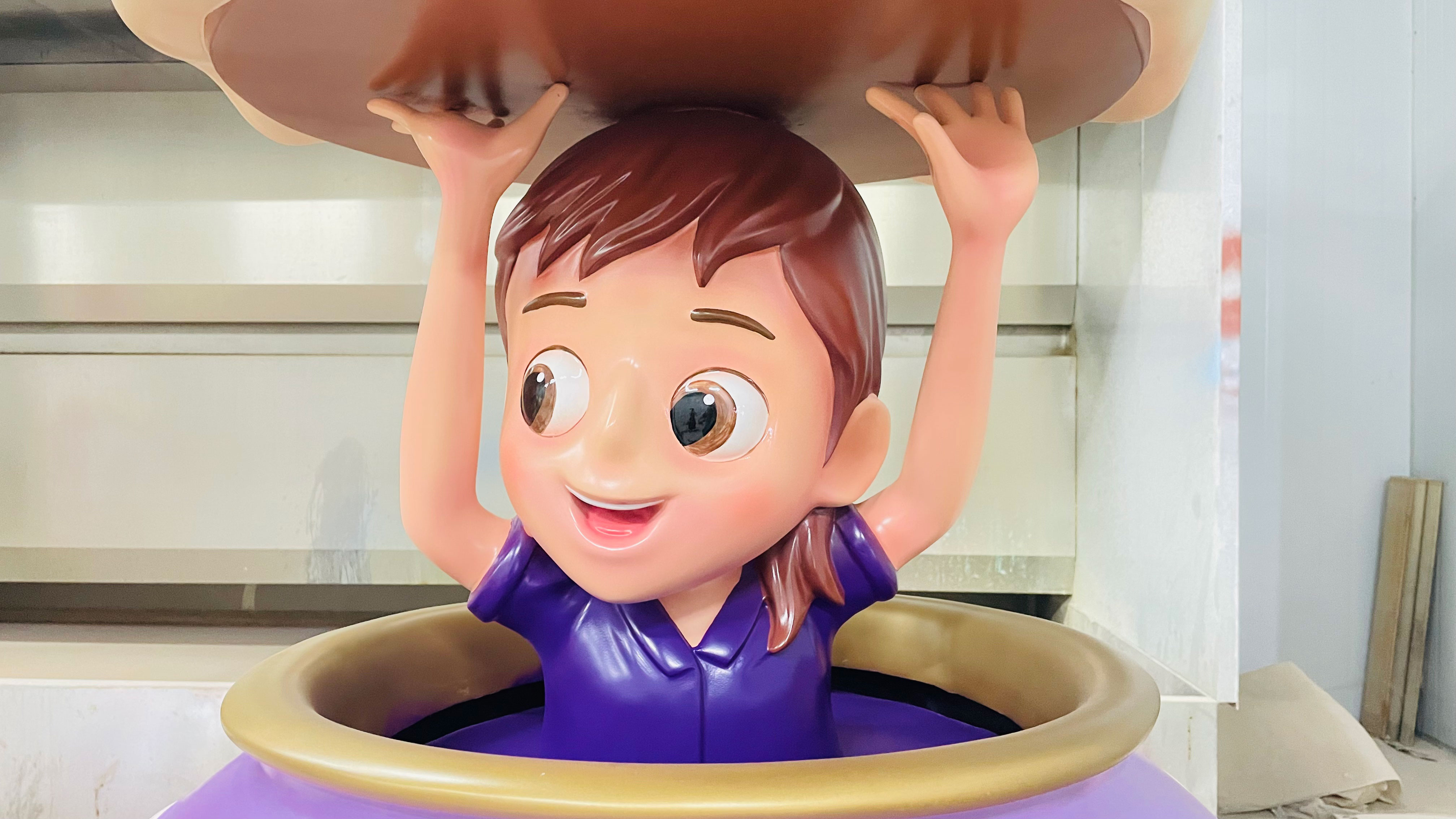
Harnessing Wind in Metal Sculpture Art
Wind provides a powerful, natural energy source for kinetic metal artists seeking to animate their creations. Instead of relying on motors or electricity, these sculptors cleverly harness moving air to bring their stainless steel forms to life. This requires careful consideration of aerodynamics and balance. Artists design specific elements – often curved blades, vanes, or rotating components – to catch the breeze efficiently. The lightweight nature and durability of polished stainless steel make it an ideal material, allowing even subtle gusts to initiate smooth, continuous motion. Precise engineering ensures the sculptures pivot, spin, or sway reliably without seizing, transforming static metal into fluid representations of natural forces. Mastering this interaction between material, form, and invisible wind currents is fundamental to creating captivating outdoor kinetic art, distinct from static pieces like traditional Cartoon sculpture. Pioneers like George Sherwood demonstrate how effectively wind can be utilized to evoke the dynamic patterns found in nature.
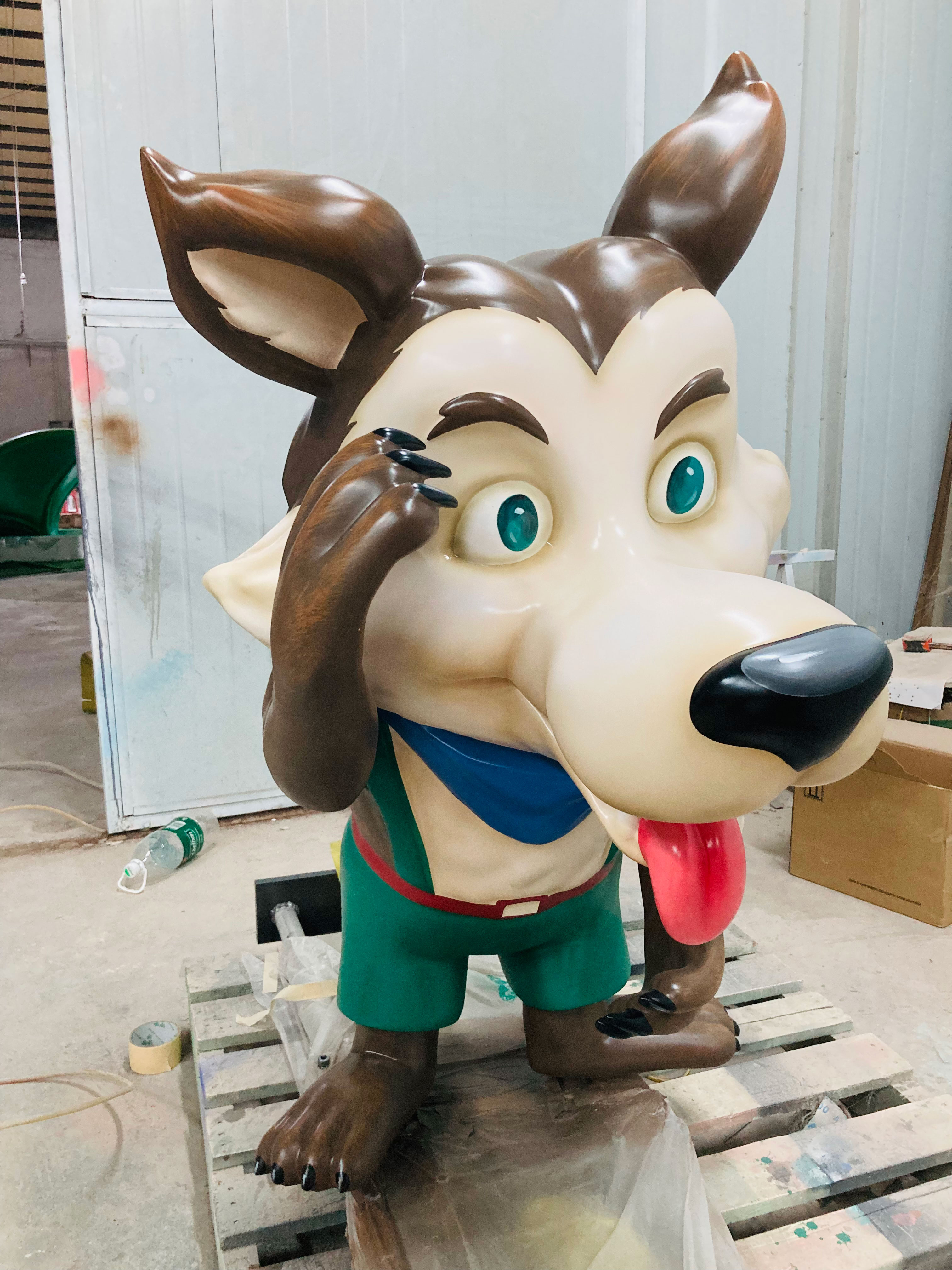
Nature's Motion in Kinetic Creations
Artists translating nature's inherent movement into kinetic sculpture begin with deep observation. They study the rhythmic sway of tall grasses, the unpredictable flutter of leaves caught in a breeze, or the continuous, rolling motion of ocean waves. This close study informs the design of moving metal components, aiming to capture the essence of these organic patterns rather than merely replicate forms. The choice of materials, particularly stainless steel for its strength, weather resistance, and ability to hold fluid shapes, is crucial. Sculptors carefully engineer balance points and pivot systems within these metal forms. These hidden mechanics allow the sculpture to respond dynamically to even the gentlest air currents, transforming rigid steel into an echo of the natural world's constant motion. Achieving this seamless translation requires understanding how different weights and shapes interact with wind forces, ensuring the resulting movement feels authentic and graceful. For artists seeking different material properties, exploring options like Fiberglass sculptureoffers alternative pathways to capturing motion. The ultimate goal is to create a dialogue between the artwork and its environment, where the wind becomes an active collaborator, breathing life into the metal.

Stainless Steel Sculpture Movement Techniques
Achieving fluid, reliable movement in metal sculptures requires specific technical approaches, particularly when working with stainless steel. This material's inherent strength and exceptional corrosion resistance make it ideal for enduring outdoor kinetic art, constantly exposed to environmental forces. Artists engineer movement through carefully designed pivot points, bearings, and balanced armatures that minimize friction. These hidden kinetic components allow sections of the sculpture to respond freely to even subtle air currents, transforming the rigid metal into a dynamic form. The weight distribution of each moving element is critical; too heavy, and it won't respond gracefully, too light, and it becomes unstable. Precision in fabrication ensures smooth articulation. Understanding these mechanics allows artists to create durable artistic expressions, like the iconic works of George Sherwood, where stainless steel seems to defy its own nature through IP character sculpture. Mastering these techniques provides the foundation for translating wind energy into captivating visual motion, seamlessly connecting the natural inspiration to the realized artistic form.
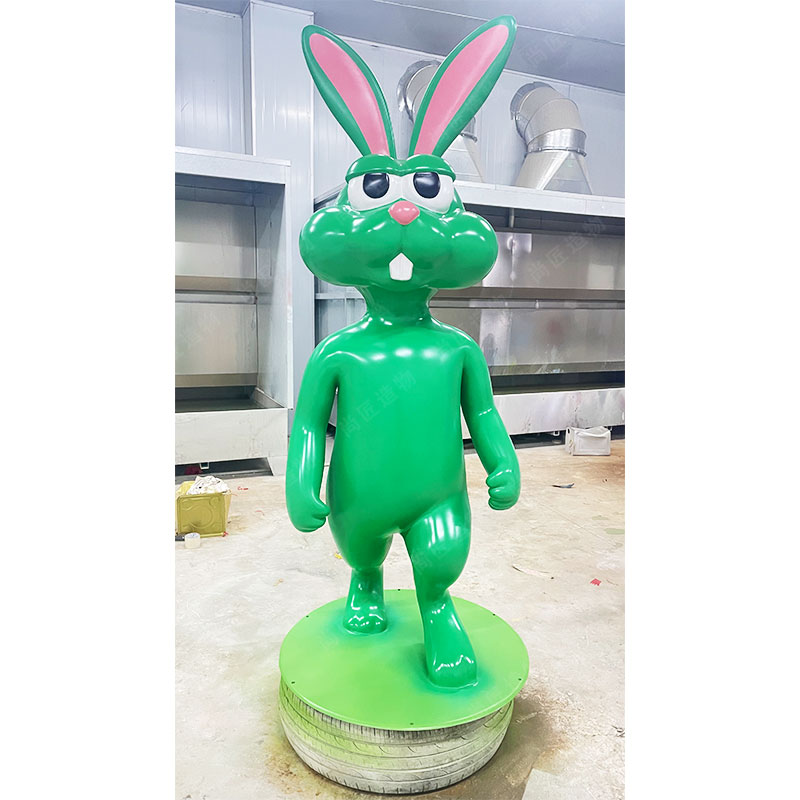
Mastering Dynamic Metal Art Forms
Achieving compelling movement in metal sculptures requires understanding both physical principles and artistic vision. Artists carefully manipulate balance, weight distribution, and pivot points to allow components to respond fluidly to environmental forces, primarily wind. The choice of metal is critical; stainless steel is often favored for its strength-to-weight ratio, resistance to corrosion, and ability to hold precise, polished forms that catch the light as they move. Mastering these forms involves more than technical skill; it demands an intuitive grasp of how shapes interact in three-dimensional space to create harmonious, often unexpected, patterns of motion. This kinetic quality imbues the static metal with a surprising sense of life, transforming rigid material into flowing, ever-changing expressions that can evoke natural phenomena like swirling leaves or ocean currents. While achieving a completely Realistic sculptureisn't always the goal, the resulting motion feels organic and believable. Experienced practitioners develop methods for calibrating the sensitivity of moving parts, ensuring graceful responses to even gentle breezes without compromising structural integrity. This careful calibration is key to transforming inert steel into captivating, dynamic art.
George Sherwood's Kinetic Methods
Building on the principles of harnessing wind and translating nature's motion into metal, George Sherwood's kinetic methods represent a unique blend of artistic vision and precise engineering. His background in physics and sailing profoundly informs his approach. Sherwood meticulously designs sculptures where carefully placed pivot points and counterweights allow even the gentlest breeze to initiate graceful, continuous rotations. The choice of material is critical; he predominantly uses highly polished stainless steel sculpturefor its inherent strength, resistance to corrosion, and ability to reflect light dynamically as it moves. This creates a shimmering, ever-changing visual effect. His process involves extensive prototyping and testing to achieve the perfect balance between form and function. Each curve and plane is shaped not just for aesthetics, but to interact predictably and harmoniously with wind currents. This calculated approach ensures the sculptures move fluidly and reliably, embodying natural motion in an engineered form. Sherwood's mastery lies in this seamless integration of scientific understanding with sculptural artistry, creating pieces that are both robust mechanisms and evocative representations of natural forces. His methods demonstrate how deliberate design choices translate invisible wind energy into captivating, visible kinetic art.
Wind-Powered Sculpture Design Principles
Designing sculptures that effectively harness wind requires understanding fundamental physical principles and meticulous engineering. Crucially, the sculptor must anticipate how moving air interacts with the form. Aerodynamic profiles are carefully considered; shapes are chosen not just for visual appeal but for how they catch and respond to breeze, generating lift, drag, or rotation. Material selection is paramount. Stainless steel, favored by artists like George Sherwood for its strength and corrosion resistance, allows for thin, lightweight sections that move readily without sacrificing structural integrity.
The precise placement of pivot points determines the nature and fluidity of motion. These bearings must offer minimal friction while being robust enough to withstand constant movement and environmental stress. Equally important is achieving perfect balance. Each component's weight and distribution are calculated to ensure predictable, harmonious motion rather than erratic jerking. Furthermore, the sculpture's base must provide unwavering stability, anchoring the moving elements securely against wind forces. Environmental factors like prevailing wind direction and average wind speed at the installation site directly influence the scale, weight, and leverage points within the design. This careful orchestration of physics, materials, and mechanics transforms static metal into a dynamic dance with nature.
Crafting Dynamic Metal Sculptures
Building on wind-power principles and Sherwood's nature-inspired approach, crafting dynamic metal sculptures involves precise techniques to achieve fluid, reliable motion. Artists begin by carefully selecting durable stainless steel alloys known for resisting corrosion and maintaining structural integrity outdoors. Shaping the metal requires meticulous planning; each curve and angle is designed not just for visual appeal but to interact predictably with wind currents. Key components like bearings and pivots must be installed with exacting precision to minimize friction while ensuring stability against strong gusts. This allows even substantial pieces to rotate, sway, or spin smoothly. Achieving the desired kinetic effect demands rigorous testing, often using fans to simulate various wind conditions. Artists constantly adjust weights, balances, and pivot points, much like tuning a weathervane, to ensure the sculpture responds gracefully to the slightest breeze, transforming rigid steel into a captivating display of engineered movement.
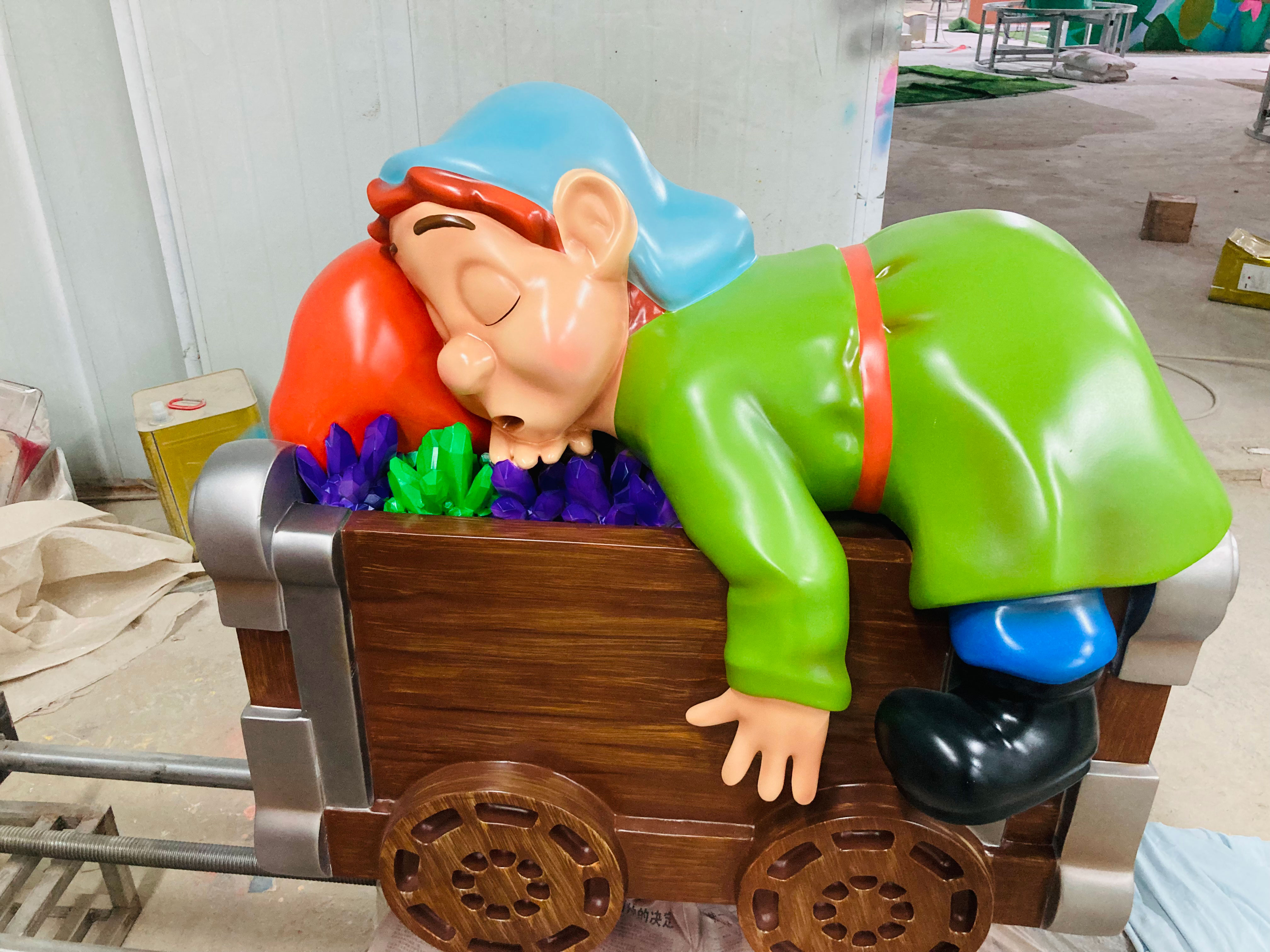
Transforming Steel into Moving Art
The true magic of kinetic sculpture lies in the remarkable transformation of rigid, industrial steel into fluid expressions of motion. This process demands a deep understanding of the material's inherent properties alongside precise engineering. Artists carefully manipulate stainless steel sheets and rods, cutting, bending, and welding them into forms specifically designed to interact with their environment. The goal isn't just shape, but creating components balanced to respond predictably to the gentlest breeze. Achieving this requires meticulous attention to weight distribution and aerodynamic balance across every element. Each curve and plane is calculated not only for aesthetic appeal but also for its potential to capture and amplify natural forces. The resulting sculptures transcend their static metallic origins, becoming elegant, ever-changing visual poems that dance with the wind, embodying nature's rhythm in gleaming metal. This transformation is the core achievement of the kinetic sculptor.
Conclusion
Ultimately, mastering modern metal kinetic sculptures involves a deep understanding of movement itself and the materials that can express it. Artists like George Sherwood demonstrate how harnessing elemental forces, particularly wind, allows stainless steel to transcend its static nature. The techniques explored—focused on balance, precision engineering, and an intuitive grasp of kinetic principles—empower creators to transform rigid metal into dynamic forms that echo the fluidity found in the natural world. This discipline requires not only technical skill in metal fabrication and mechanics but also a profound observation of how motion manifests around us. By successfully integrating these elements, artists achieve the remarkable feat of capturing fleeting moments of wind's dance, translating them into enduring, moving art that engages viewers in a continuous dialogue with the environment.
Frequently Asked Questions
What exactly defines a kinetic sculpture?
A kinetic sculpture is an art form specifically designed to incorporate real, observable movement as an essential element of its aesthetic. This movement is often powered by natural forces like wind or air currents, causing parts of the sculpture to rotate, sway, or interact dynamically.
Why is stainless steel a preferred material for outdoor kinetic sculptures?
Stainless steel, particularly grades like 304 or 316, offers exceptional durability and weather resistance crucial for outdoor installations. Its strength allows for creating balanced, often large-scale, moving components that can withstand constant motion and varying environmental conditions over many years.
This brings us to maintenance: How do weather elements affect kinetic sculptures over time?
While stainless steel is highly resistant, regular inspection is recommended. Checking pivot points for smooth operation and ensuring structural integrity remains sound helps preserve the sculpture's movement and appearance. Occasional cleaning to remove debris or salt buildup also contributes to its longevity and optimal function.
 ch
ch English
English

